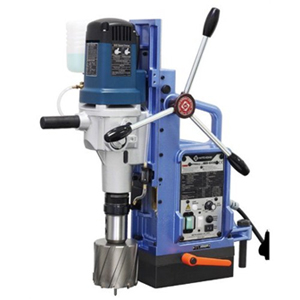Schedule a Call Back
Benefits of continuous improvement movement for Indian manufacturing industry
 Articles
Articles- Sep 17,25

Related Stories

ABB India Upgrades Peenya Plant, Adds 25% VSD Capacity
The new line features a combination of advanced robotics and digital production monitoring technology, handling production of large batches with speed and precision and providing real-time visibilit..
Read more
India’s Top 100 Engineering Companies 2025 by Smart Manufacturing & Enterprises
FY25 unfolded against a challenging external setting. Despite the global headwinds, India posted real GDP growth of 6.5 per cent in FY2024–25. In this edition, Smart Manufacturing & Enterprises (S..
Read more
TVS ILP Invests in Grade-A Industrial & Logistics Park in Visakhapatnam
The facility is equipped with advanced fire-fighting systems, wide internal roads for smooth truck movement, high floor load capacity, dual flushing systems and low-flow water fixtures.
Read more















